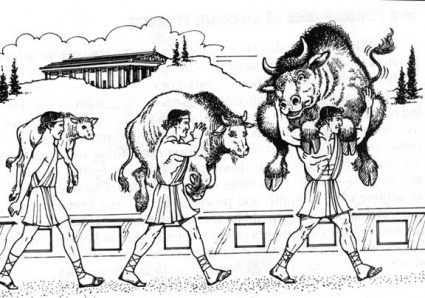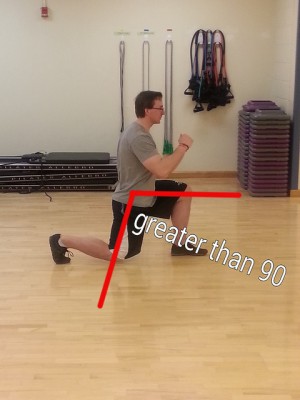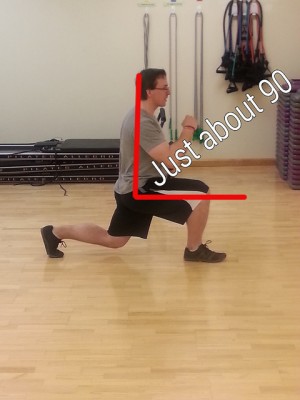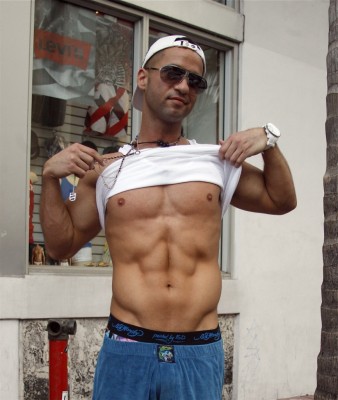Common Email From An Online Client:
“Roy, what the hell is the “open side”.
followed up with
“Why do we do this?”
Welp, Here’s the Answer(s)
The “Open Side”/ Offset Loading Explained:
When we load traditionally, the weight in both hands, it’s easier to balance the load.
- Because the load is spread across a greater “surface area” in that the entire shoulder girdle and core is activated about equally.
- The weight is more evenly distributed across the hips.
Basically, the pull on the system is more “even” left to right and because most motion occurs in the saggital plane (front to back) an even load means that less tension/ force has to be allocated to resisting rotational movement.
That’s where the “Off Set” load comes in
Offset Loading:
Using unequal loads in each hand. .
For example:
Right hand: 50lbs, Left hand: 30lbs
I don’t use this strategy much and instead I tend to completely unload one side.
Example (I did this for reps last week):
Right hand: A young bull calf, Left hand: Air.

Stolen from: These guys in Thailand
Why?
Cause I think it’s better this way.
First Off, What is The “Open Side”?
The Open Side is reference to the angle of the hip during the exercise.
If the angle of the Femur to the hip is greater than 90 degrees it’s the “open” side.
Less than 90 it’s “closed”.
The “open” side in the bottom picture is the left hip, the non-working side.
I know it’s not exactly the same measurement cause the points are different, but it’s about the angle at the hip, hopefully you get the point.
One hip angle is closed and one is open.
Why Load Only One Side?
Loading only the “open side” (or using any offset loads) is valuable because it forces us to work in the transverse plane, resisting rotational forces.
This forces the core and closed side hip to work MUCH harder than they would in traditional loading.
The greater load on one side means the core must actively brace against a hoop force to keep you upright and the spine neutral.
The greater the difference in resistance from one side to the other, the greater the offset and the greater the demands on stability.- Kyle Arsenault
So basically it’s some bad azz core training that doesn’t suck, cause we know “doin abzz” sucks ballzzzz but you gotta do it, Bro.
So why does he the hip work harder, Jedi Master?
Cause the hip (think buttzz yall) does two things.
Extend the Hip
Externally Rotate the Femur
Make Sir Mix-A-Lot “Sprung”
See that one that says “Externally ROTATE the Femur’?
Remember we’re working in the transverse plane here, the weight on the open side is trying to internally rotate the hip so the OPPOSITE (loaded/ locked into the floor/ closed) SIDE hip external rotators have to fire super-duper hard to control the hip and counteract that force.
adding in a transverse plane component, which increases glute recruitment by forcing the hip external rotators to fire harder.- Ben Bruno
This is also why offset loads are the Bee’s Knees for lower body injury prevention:
When you run, your hips and glutes work to stabilize your pelvis and prevent your knees from rotating inward. But if your glutes are not strong enough, you may compensate by overusing other muscles such as your hamstrings, says Metzl.
Single-legged exercises help prevent injuries by strengthening your hips, particularly your gluteus medius and gluteus minimus.- Nicole Radziszewski
Here’s some awesome stuff you can do with offset loads:
Reverse Lunge:
Step Ups:
Single Leg Deadlifts (this exercise was made for offset loading):
Upper Body:
Quick note: I’m not a real fan of single arm bench pressing. I know Ethan Reeve, head S+C coach at Wake Forrest and one smart dude uses it, and it does make your core go nuts, but it just doesn’t do it as an exercise for me.
Dumbbell Bench Presses:
Bitches be STONG! I don’t know many dudes that can do this……
Shoulder Press:
Actual Abzzz Training:
Suitcase Carries:
Offset Holds:
Truth in Training
Using offset loads is a great strategy to make sure you’re getting plenty of core and hip work in.
In fact I prefer using it over typical “equal” loading for the accessory lifts for most of my clients.
That said, in the vast majority of cases you’re probably not going to want to use offset loaded sets as your primary or core lifts.
And we’re talking “core” as in foundational/ bedrock/ most important lifts and not “core” as in those sick, shredded, razor-sharp;
Be careful girls, run your hands across this Situation and end up like Captain Hook,
Abzzz Bro….
Here’s another really cool article about this stuff that I probably stole an idea or two from, but didn’t quote so I should give the fella his propers: Single Leg Training: Offloading for Success- James Cerbie





